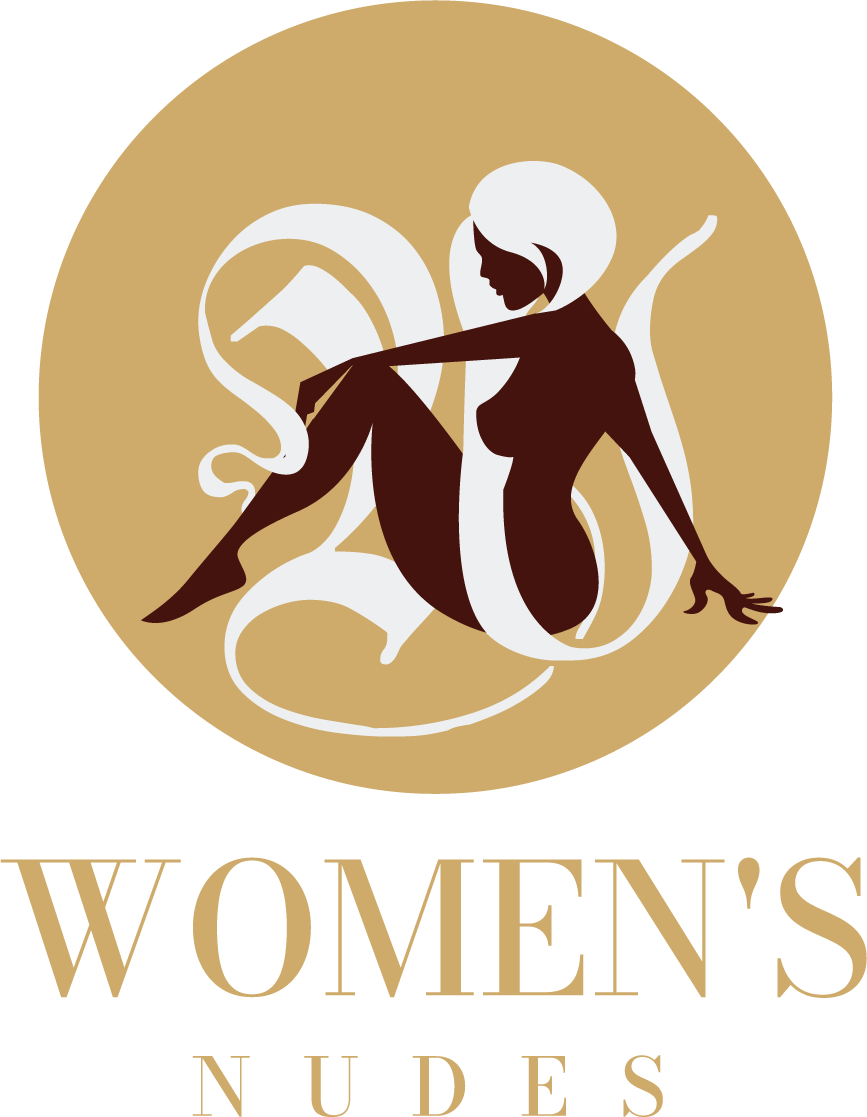As a photographer, understanding your audience members is crucial when it comes to nude photography. The perception and reception of your work can be heavily influenced by factors such as age, gender, sexual orientation, and personal beliefs. It’s important to consider these demographics and reasons for viewing nude photography in order to connect with your audience on an emotional level. In this article, we will explore the various demographics and reasons for viewing nude photography and how emotional responses can be influenced by personal and cultural factors.
What is Nude Photography?
Nude photography involves capturing images of the human body without clothing. It is a form of photography that has been in existence for many years and has been used for various purposes and in many industries, including art, advertising, and pornography. Nude photography can be seen as controversial, and its impact on viewers can be complex.
The Psychology Behind Nude Photography
As humans, we are wired to interpret and respond to images of nudity of a person in complex ways that involve cognitive, emotional, and social processes.
- Cognitive processes refer to our mental abilities to perceive, attend to, and remember details. When viewing nude photography, we may appreciate the aesthetics of the image, from lighting to composition. Our memory processes play an important role in how we recall and remember the images of the person we have viewed.
- Emotional processes refer to the feelings and emotions that nude photography may evoke in us. Depending on personal experiences and biases, we may experience a range of emotions such as arousal, disgust, or fascination.
- Social processes refer to the impact of cultural and societal norms on our interpretation and response to nude photography. Different cultures may have varied views on nudity, ranging from taboo to natural and acceptable. Additionally, peer influence and conformity can impact how individuals view and respond to nude photography.
Several studies have explored the psychological processes at play in the interpretation and response to nude photography. For example, one study found that individuals who were exposed to images of nude bodies in their own lives for a prolonged period of time were less likely to experience negative emotional responses to the images (Vocks et al., 2004). Another study found that social norms regarding nudity differed across cultures, with some cultures viewing nudity as taboo and others viewing it as natural and acceptable (Strelan et al., 2016).
Understanding Your Audience
As a photographer in the nude photography industry, comprehending your audience is paramount to creating content that truly connects with them. Here are five reasons why it is vital to understand your audience:
- Tailoring content to the intended audience: Understanding the audience’s motivations and preferences can help create bespoke content that effectively communicates the photographer’s intended message. This way, the content resonates with the audience and their needs and fulfils the photographer’s objectives.
- Anticipating negative reactions: By understanding the audience, photographers can anticipate any negative reactions that their content may elicit and address them proactively. This way, they can minimize unintended offense or harm caused by their content and maintain a positive relationship with their audience.
- Building trust: Understanding the audience helps build trust with them. This trust leads to a more engaged audience that values and supports the photographer’s work. Moreover, it leads to a higher level of commitment, loyalty, and investment from the audience.
- Increasing engagement and sharing: Creating content that resonates with the audience increases engagement levels and promotes sharing. As a result, the content reaches a wider audience, and the photographer’s work gains more exposure and can make them earn more money.
- Being socially responsible: Photographers have a social responsibility to their audience. By creating content that is sensitive and respectful to the audience’s preferences, photographers can fulfill their obligation to their audience. This helps to build a positive reputation for the photographer and their work, leading to greater success in the long term.
Different types of Audiences in Nude Photography
The audience for nude photography can be categorized into various groups based on their motivations, preferences, and beliefs. Here are three different types of audience for nude photography:
Art lovers
Art lovers appreciate the human form and the aesthetic qualities of nude photography. They view nudity as a form of art and appreciate the composition, lighting, and other technical aspects of nude photography. They are typically interested in the creative process behind the work and may be drawn to certain styles or other forms of nude photography.
Erotic or sexual audience
The erotic or sexual audience views nude photography for personal arousal or gratification. They are typically drawn to more explicit or sexually suggestive content and may have specific preferences for certain types of bodies, poses, or situations. This audience may be more interested in amateur or amateur-style photography that feels more authentic and personal.
Advocates
Advocates believe in the artistic expression and freedom of nudity. They view nude photography as a form of self-expression and may be drawn to work that challenges traditional ideas about nudity and sexuality. This audience may be interested in photography that explores themes of gender, identity, and power dynamics, and may be more interested in the political or social implications of nudity in photography.
Factors that Influence the Perception of Nude Photography
There are various factors that influence how people perceive nude photography. These factors include:
Cultural background and beliefs
Cultural background and beliefs can significantly influence how people view nudity and nude photography. Some cultures view nudity as taboo or indecent, while others view it as natural and acceptable. The cultural background of the audience can, therefore, impact how they interpret and respond to nude photography.
Personal experiences and biases
Personal experiences and biases can also shape how people perceive nude photography. Past experiences with nudity, such as trauma or positive experiences, can impact an individual’s perception of nude photography. Personal biases, such as religious or moral beliefs, can also influence how people view nudity and nude photography.
Social norms and expectations
Social norms and expectations can also impact how people view nude photography. Society’s expectations regarding nudity can shape an individual’s perception of it. For example, in some cultures, nudity is only acceptable in specific settings, such as beaches or saunas. In other cultures, nudity is more prevalent in daily life and is less restricted.
Age and gender
Age and gender can also influence how people perceive nude photography. Younger individuals may have different attitudes towards nudity than older individuals, while men and women may have different perspectives on nudity and nude photography. Understanding these differences is crucial for photographers to create content that resonates with their intended audience.
Intent of the photographer
The intent of the portrait photographer can also impact how people view nude photography. If the photographer’s intent is to create art or explore art at a certain point, the audience may view the photography more positively. However, if the intent is purely for sexual gratification or objectification, the audience may view the photography more negatively. The photographer’s intent can, therefore, influence the audience’s perception of nude photography.
How to Create Nude Photography that Resonates with Your Audience.
Creating nude photography that resonates with your audience can be a challenging task. However, by following certain guidelines and strategies, photographers can create work that elicits positive responses and effectively conveys their intended message. Here are five effective ways to create nude photography that resonates with your audience:
- Understand Your Intended Audience: It is important to understand the demographic and psychographic profile of your intended audience. Consider their age, gender, cultural background, and personal beliefs when creating nude photography. By understanding their preferences, you can tailor your work to resonate with them.
- Choose the Right Model: The model you choose for your nude photography can have a significant impact on how your audience perceives the work. Select a model who represents the message or theme of your work, and ensure that they are comfortable with their true self and level of exposure in the images.
- Use Appropriate Lighting and Composition: The lighting and composition of your images can impact the overall aesthetic and emotional response to the work. Experiment with different lighting techniques and compositions to create an image that effectively conveys your intended message.
- Emphasize the Artistic and Aesthetic Elements: Nude photography can be seen as controversial or taboo by some, but by emphasizing the artistic and aesthetic elements of the work, you can create a piece that is more universally appreciated. Consider using unique angles, textures, and colors to add visual interest to the work.
- Convey a Strong Message: Nude photography can be used to convey a variety of messages, such as empowerment, vulnerability, or sensuality. Ensure that your work effectively conveys your intended message by using symbolism, metaphor, or other visual cues to communicate your message.
Conclusion
In conclusion, understanding the psychology behind nude photography is essential for photographers and artists looking to create impactful and meaningful work. By understanding the audience’s demographics, reasons for viewing, and personal and cultural factors that can influence emotional responses, photographers can create work that resonates with their audience on multiple levels. Whether it is viewed as a form of art, a means of sexual arousal, or a tool for personal exploration and expression, nude photography has the power to evoke complex emotional responses that are shaped by a range of individual and societal factors,





